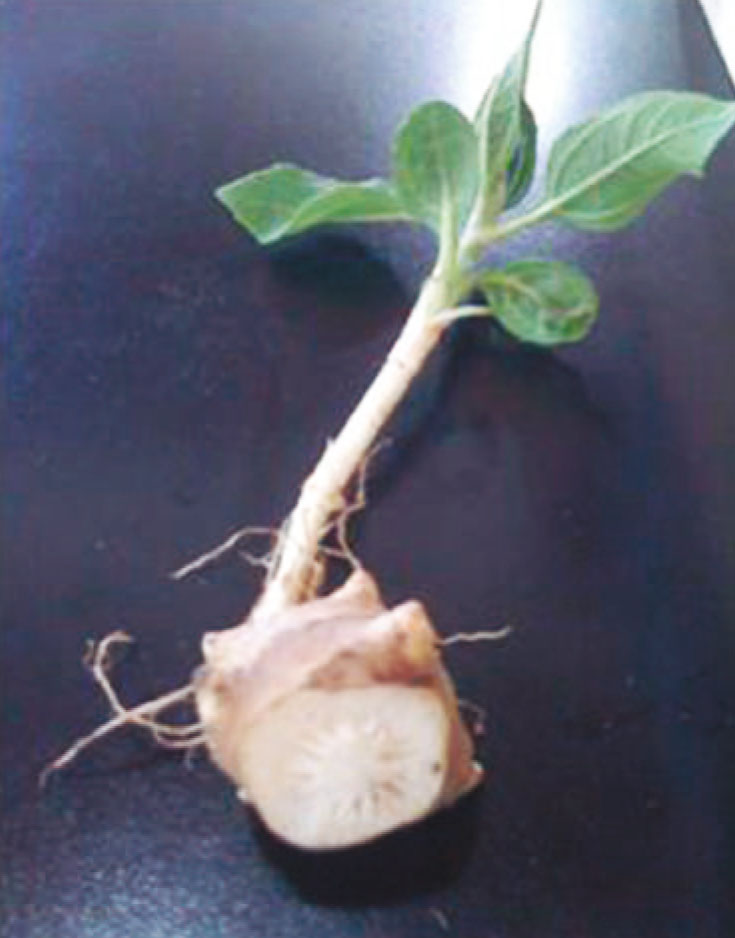Harvest time effect on horticultural quality of topinambur (Helianthus tuberosus L.) kept in the soil or in cold storage
Keywords:
postharvest, storage, firmness, soluble solidsAbstract
There are few papers on Jerusalem artichoke postharvest storage and quality changes. This research aimed to achieve information about: a) the influence of harvest dates and varieties on tuber ˈs quality; b) the evolution of each treatment in cold storage; and c) the conservation periods and places (cold storage - field) effects on tubers quality was studied. Two varieties of Jerusalem artichoke were used, red's tubers and white's tubers. Dry matter; soluble solids; firmness; peridermis and pulp colour; sprouting and Penicillium development and fresh weight evolution of tubers were measured. It was found that the harvest period, to mantain the tuber quality and good performance in cold storage during the year, should not extend more than 49 days since the first frost for the study area (Luján de Cuyo, Mendoza, Latitude 33º 00’ 30’’ S; Longitude 68º 52’ 32’’ W). Differences between varieties were not observed. The information suggest that, for fresh consumption, tubers must be harvested till 98 days after the first frost, but these tubers are not kept properly refrigerated. Regarding method and time storage effects on tubersˈ quality, it is observed again that tubers which are keep in field beyond the second measurement date (August 30), quickly lose their commercial quality.

Downloads
Published
Issue
Section
License
Aquellos autores/as que tengan publicaciones con esta revista, aceptan las Políticas Editoriales.


